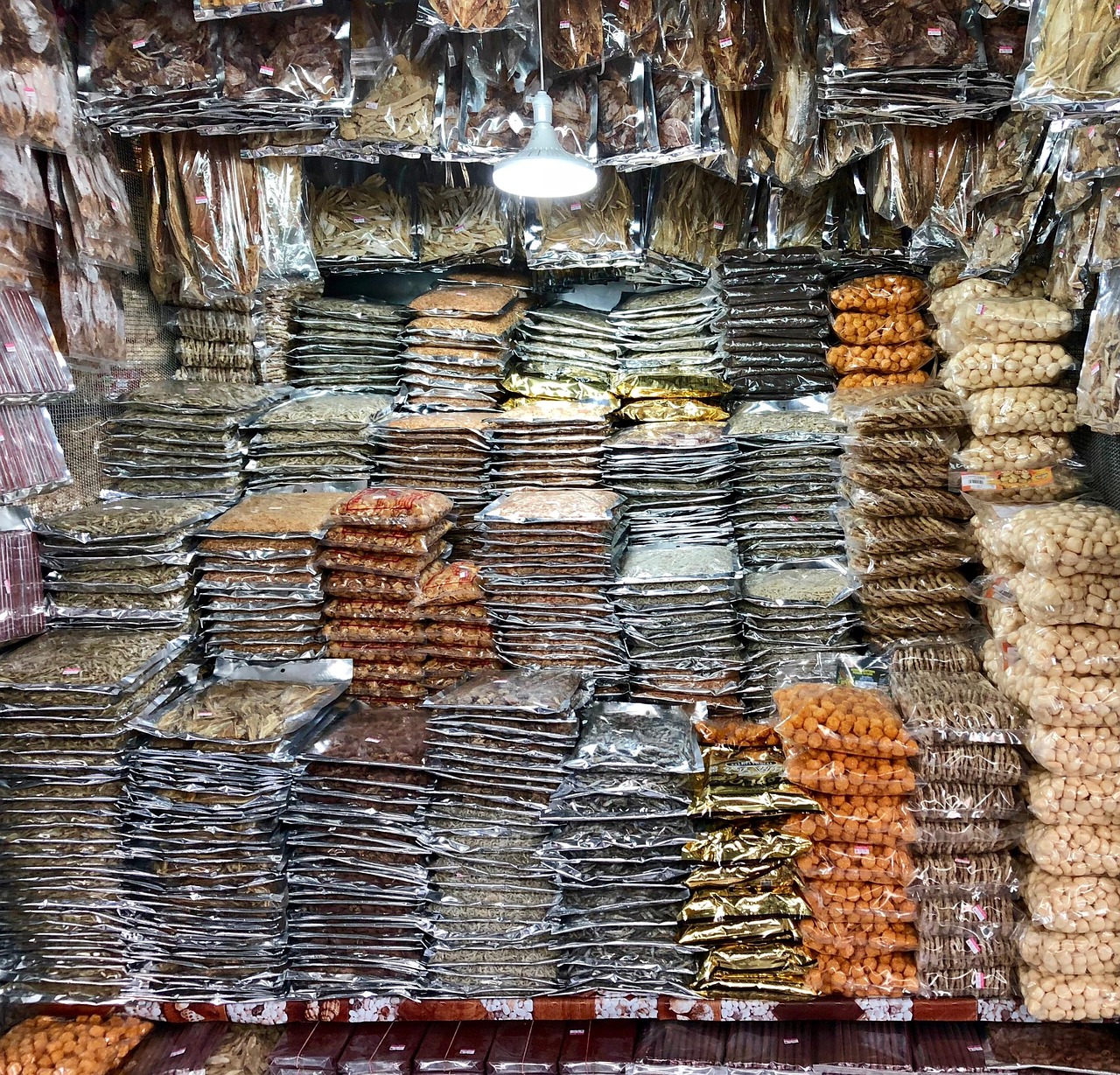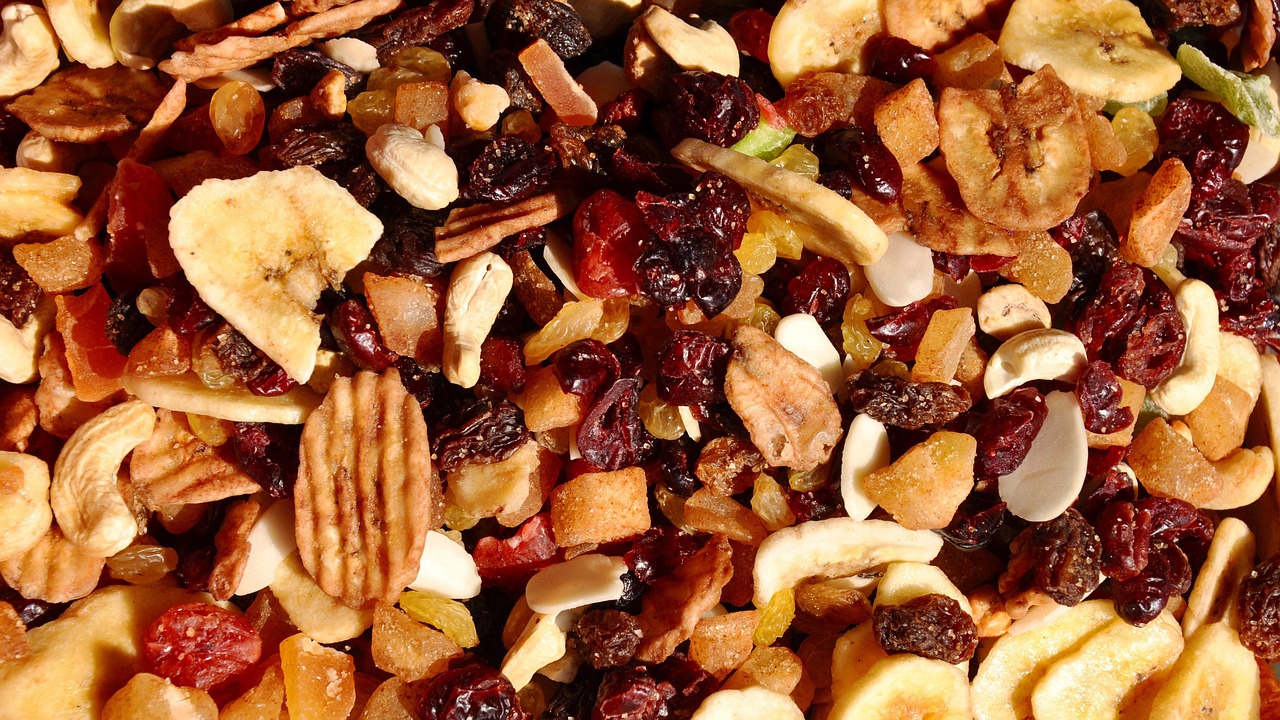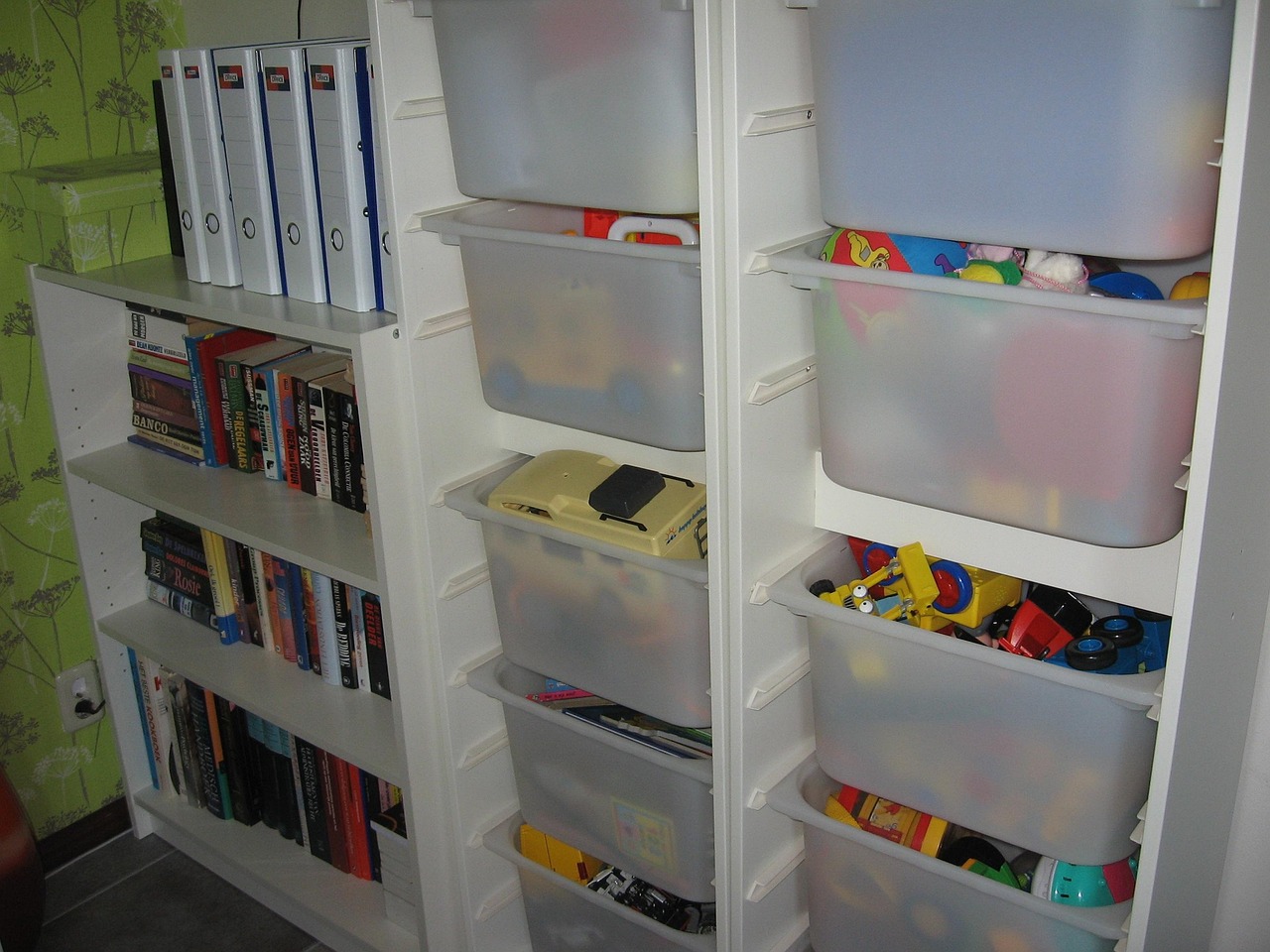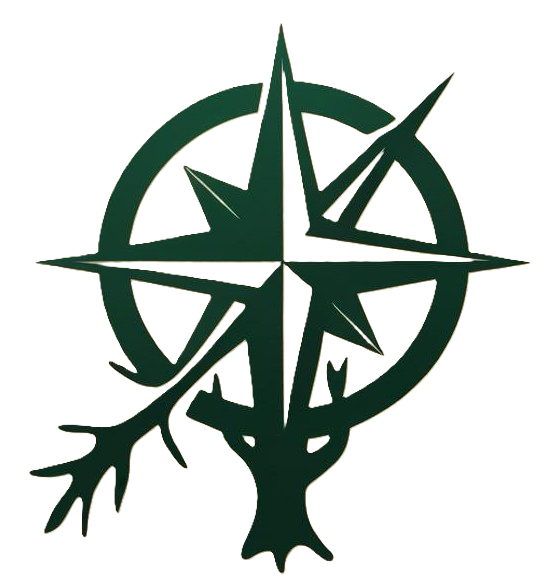
One of the most important things you can do when it comes to emergency preparedness is to ensure you have enough food to last you and your family through a crisis. However, building a 30-day emergency food supply may seem intimidating and expensive, especially if you’re on a tight budget. The good news is you don’t need to spend a ton to stock up on affordable, shelf-stable food that can keep you safe and nourished during an emergency.
In this post, we’ll walk through step-by-step tips to help you build a 30-day emergency food supply that’s not only budget-friendly but also practical, nutritious, and easy to store in small spaces.
Step 1: Plan Your Meals
Why It’s Important: Before shopping, you need to know what you’re stocking up on. A solid meal plan ensures you’re not buying random cans of food that you won’t eat, which can save both time and money.
How to Do It:
✔ Create a list of meals for 30 days – Think about breakfast, lunch, dinner, and snacks. Plan for meals that are simple to prepare and use ingredients that can be stored long-term.
✔ Opt for basic, versatile ingredients – Think grains (rice, pasta, oats), proteins (canned beans, lentils, canned meats), and vegetables (canned). These items can be mixed and matched in various ways to create different meals.
✔ Include comfort foods – Stock up on things like granola bars, instant oatmeal, and soups to keep morale high during stressful times.
Pro Tip: Write out your meal plan and use it as your shopping list to avoid over-purchasing or buying unnecessary items.
Step 2: Focus on Shelf-Stable, Nutritious Staples
Why It’s Important: When building an emergency food supply, you need to focus on food with a long shelf life and adequate nutrition.

How to Do It:
✔ Grains and Carbs – Stock up on rice, pasta, and oats. These foods are cheap, easy to prepare, and have long shelf lives (up to 2 years). Buy them in bulk to save even more.
✔ Canned Goods – Look for canned vegetables, fruits, and beans. They’re nutrient-dense, easy to store, and have a long shelf life (typically 1-3 years).
✔ Canned Meats – While fresh meat can spoil quickly, canned options like chicken, tuna, and salmon can last up to 5 years, making them ideal protein sources.
✔ Powdered Milk – With a shelf life of up to 2 years, powdered milk can be used for baking, cooking, or just drinking.
✔ Peanut Butter and Nut Butter – These are high in protein and fat; peanut butter is a great addition to your supply and lasts up to a year.
Pro Tip: Buy in bulk when possible—stores like Costco, Sam’s Club, or even Walmart offer bulk options at discounted rates. Look for sales or coupons to save even more. Your local dollar store, too, can be a good option.
Step 3: Don’t Forget the Water
Why It’s Important: Water is as critical as food in an emergency. Enough water storage is essential to survival and should be a priority when preparing your emergency supply.
How to Do It:
✔ Store at least 1 gallon per person per day – For a family of four, you’ll need 120 gallons of water for 30 days.

✔ Buy bottled water – Bottled water is easy to store and has a long shelf life. You can purchase it in bulk from big-box retailers or warehouse stores.
✔ Consider water purification options – If storage space is an issue, you can invest in a water filter or purification tablets, which are more affordable and help you access clean water from lakes, rivers, or other sources.
Pro Tip: Water storage containers can be found at affordable prices in camping and outdoor stores and take up less space than bottled water.
Step 4: Buy Ready-to-Eat Meals (Rations)
Why It’s Important: While it’s great to have ingredients for meals, you should also have some ready-to-eat meals for convenience, especially when cooking is impossible.
How to Do It:
✔ MREs (Meals Ready to Eat) – These are often used by the military and are designed to last up to 5 years. They can be expensive, but budget-friendly MREs are available online or at discount stores.
✔ Freeze-Dried Foods – Companies like Mountain House offer freeze-dried meals that are lightweight, easy to prepare, and have a long shelf life. They may be pricier, but you can find budget-friendly options in bulk.
✔ Instant Soups or Stews – Packaged instant soups or ramen noodles are cheap and easy to prepare. Stock up on a few boxes or packs for quick, filling meals.
Pro Tip: Mix ready-to-eat meals with your home-cooked supply to keep your options varied and practical.
Step 5: Be Resourceful with Cooking Tools
Why It’s Important: In an emergency, you may not have access to a full kitchen or traditional cooking methods. Having a few portable cooking tools on hand can make preparing meals easier.
How to Do It:
✔ Camping Stove – A simple camping stove or small propane stove can cook meals indoors or outdoors if your power goes out.
✔ Manual Can Opener – Ensure you have a manual can opener in your emergency kit, as electricity may not be available to power an electric can opener.
✔ Portable Pots and Pans – Keep a small pot and pan for boiling water or cooking canned meals.
Pro Tip: If space is limited, choose compact cooking gear that’s easy to store in a closet or under a bed.
Step 6: Organize Your Food Storage
Why It’s Important: A cluttered food storage area can make it difficult to quickly access your emergency supplies during a crisis. Keeping everything organized ensures you can easily find what you need when the time comes.
How to Do It:
✔ Use clear bins or containers – Store your food in clear plastic bins so you can see exactly what’s inside without opening each box.

✔ Label everything – Label your bins with the date you bought the items and the expiration dates.
✔ Rotate your stock – Use the first-in, first-out method (FIFO), which means using older items before newer ones.
Pro Tip: Use vacuum-seal bags for items like rice, pasta, and flour. They’ll last much longer and take up less space.
Final Thoughts: A Little Goes a Long Way
Building a 30-day emergency food supply doesn’t need to be overwhelming or expensive. By focusing on budget-friendly, shelf-stable staples, prioritizing water storage, and taking advantage of bulk buying, you can create a practical, affordable supply to keep your family safe and nourished in any crisis.
The key is to start small and build your supply over time. As you rotate your stock and continue adding more items, you’ll feel more confident and prepared for whatever comes your way.
Quick Recap:
✅ Plan your meals and make a shopping list.
✅ Focus on affordable, shelf-stable staples like grains, canned goods, and powdered milk.
✅ Store enough water for your family’s needs.
✅ Mix in some ready-to-eat meals for convenience.
✅ Have basic cooking tools on hand.
✅ Keep your food storage organized and rotate your stock regularly.
By following these steps, you can build a well-rounded 30-day emergency food supply that will keep your family safe, nourished, and ready for anything—without breaking the bank!
What are your thoughts on this? Share in the comments below!

Leave a Reply